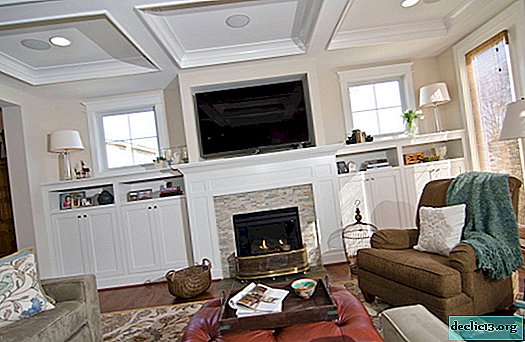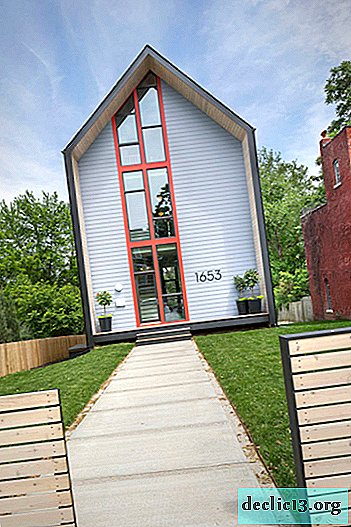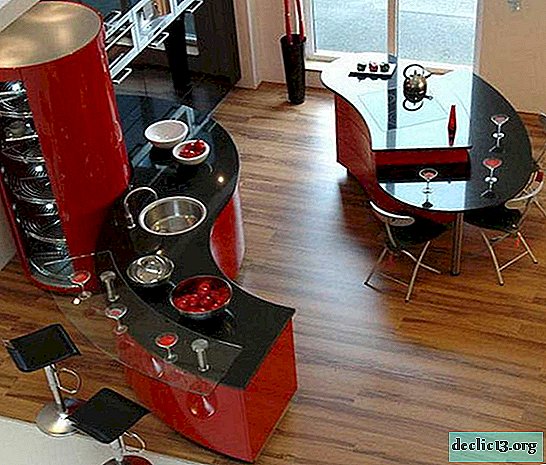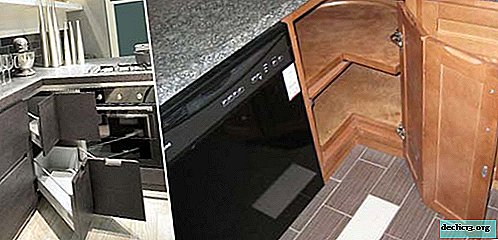Calculation of bulk floor
Most often, polyurethane and epoxy mixtures are used for laying bulk floors. Such self-leveling floors are presented in quite a variety of ways and can be chosen to the taste of any consumer. For high-quality work, it is necessary to correctly calculate the amount of material used for laying. Read more about installing a bulk floor here.
Calculation of bulk floor
To determine the amount of mixture needed for filling, several important parameters are taken into account:
- surface coverage;
- density of the bulk floor;
- the thickness of the required coating;
- the use of fillers for flooring (for example, quartz sand can be used to save costs on polymer floors).
The amount of mixture is calculated as follows:
Excluding fillers per 1 m2 coating thickness of 0.1 cm, it is necessary to use 1 kg of the mixture. With a bulk floor density of 1.3 kg / l per 1 m2 coatings with a thickness of 0.1 cm will require 1.3 kg of the initial mixture, 0.2 cm - 2.6 kg, respectively, and so on.
It should be remembered that the final density of epoxy floors normally varies from 1.4 to 1.5, and polyurethane - from 1.25 to 1.35 kg / l. Different manufacturers of bulk floors have different densities, and, as a result, material consumption can have different indicators. Some manufacturers, in order to reduce the cost of the bulk floor, introduce heavy fillers into its composition and the density of the material at the same time increases to parameters of 1.6-1.7 kg / l. But the apparent cheapness of the source material turns into other unexpected sides - after all, at 1 m2 Coating now requires not 1.3, but up to 1.7 kg of the mixture and, accordingly, the material has to be bought more in quantity. As a result, the final price for such a bulk floor will be an order of magnitude higher.
For financial savings, many experts recommend providing the required thickness of the flooring not due to its final layer, but due to the base. Then the front floor covering can be used with a minimum thickness, which accordingly will save costs on it. But you should not be upset because of the large amount of consumption of the bulk floor - because the thicker the layer of the mixture used, the longer the service life of such a coating.
Consider also another nuance - when calculating the bulk floor, it is still better to make a small supply of the mixture: it will be much easier to use the excess composition than to remodel floors damaged by its lack.
Design of a bulk floor
For a more accurate calculation of bulk floors, floor differences in the premises and all irregularities on the basis are taken into account. The most common problem when laying floors become slopes in one of the sides.
To establish the volume of the room, prepared for filling the floor, measure the slope of its base. The order of work here will be as follows:
- indicates the horizontal level in the room;
- differences are determined (distances from the floor to the level at different points in the room);
- relative height is calculated - the height difference is divided into two:
- the minimum coating thickness is calculated - the obtained value of the relative height is added to the minimum permissible height.
To install bulk floors without relevant experience in this area, it is better to turn to the services of specialists. Too many companies that sell bulk floors, at the same time provide services for their design and installation. A competent specialist will correctly calculate the bulk floor and propose the optimal scheme of financial savings without compromising the quality of the floor covering. Read about other floor finishes here.

















